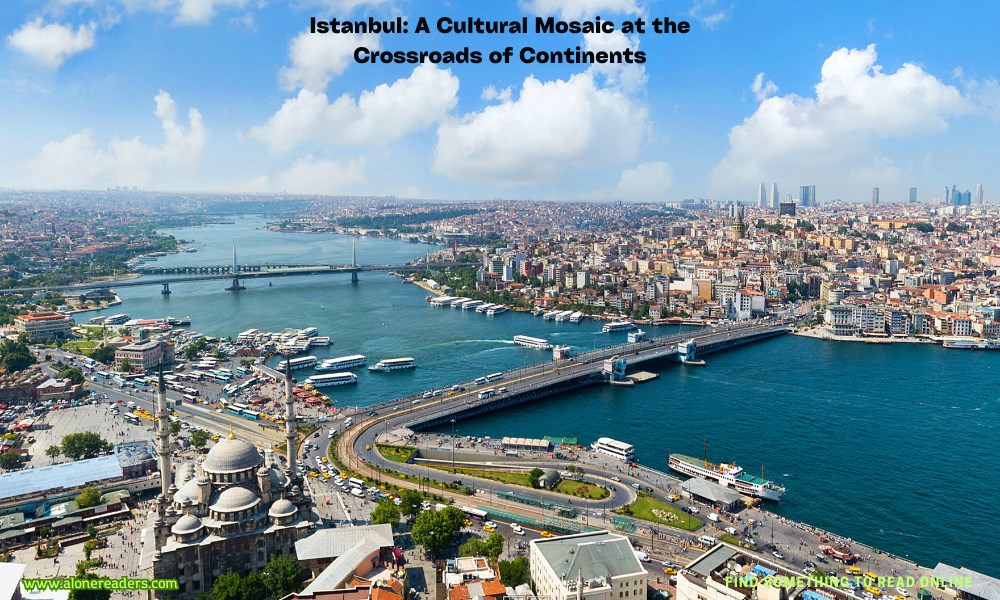
Istanbul, a city that straddles two continents, Europe and Asia, is as diverse as it is vast. With its history that spans more than 2,500 years, the city is a living mosaic of cultures, empires, and religions. This unique blend makes Istanbul a world-class city where East truly meets West.
From Byzantium to Constantinople
Istanbul's history begins as Byzantium, an ancient Greek colony. In 330 AD, Emperor Constantine the Great dedicated it as "New Rome," and it became known as Constantinople, the heart of the Byzantine Empire. For over a thousand years, it stood as a bastion of Christian orthodoxy and Hellenistic culture.
Ottoman Era and the Confluence of Cultures
In 1453, Sultan Mehmed II conquered Constantinople, marking the end of the Byzantine Empire and the rise of the Ottoman Empire. Renamed Istanbul, the city transformed into an Islamic hub and a melting pot of cultures, drawing people from all corners of the Ottoman territories.
Hagia Sophia: A Symbol of Multiculturalism
Originally a Christian cathedral, Hagia Sophia was converted into a mosque following the Ottoman conquest and is now a museum. Its architecture, with massive domes and Christian mosaics alongside Islamic calligraphy, symbolizes the cultural synthesis that defines Istanbul.
The Blue Mosque and Topkapi Palace
The Blue Mosque, known for its impressive blue tiles, stands opposite Hagia Sophia, embodying the pinnacle of Ottoman architecture. Nearby, the Topkapi Palace serves as a testament to the opulence of the Ottoman sultans, with its lush courtyards and exquisite treasures.
The Bosphorus Strait not only physically separates the European and Asian parts of Istanbul but also culturally links the two continents. A cruise on the Bosphorus offers panoramic views of the city's skyline, dotted with minarets and modern buildings, and is a quintessential Istanbul experience.
Culinary Delights
Istanbul's cuisine is as diverse as its heritage. From the rich, spiced meat dishes and kebabs of Anatolia to the seafood of the Mediterranean, every meal is a celebration of flavors. Street food, like simit (a sesame bread ring), and Turkish tea or coffee, reflect the daily lives of the city’s residents.
Art and Music
Istanbul is a hub for art and music, embracing both traditional Turkish arts and contemporary expressions. The Istanbul Biennial and various music festivals showcase this blend, attracting artists and musicians from across the globe.
Today, Istanbul is not only a historical treasure but also a modern metropolis. The city's strategic location makes it a significant player in international commerce and diplomacy. It's a place where ancient markets sit alongside modern shopping malls, where trams zip through streets that once saw horse-drawn carriages.
Conclusion: Istanbul's Enduring Allure
Istanbul's ability to maintain its traditions while embracing modernity makes it a fascinating destination for travelers. It is a city where the past is always present, and its future promises to be as dynamic as its history. Whether it's exploring its ancient walls, enjoying a cup of Turkish coffee, or simply watching the sunset over the Bosphorus, Istanbul offers a truly enchanting experience where East meets West.
This article captures the essence of Istanbul as a city that seamlessly integrates its historical past with a vibrant present, offering a unique cultural experience at the crossroads of two continents.